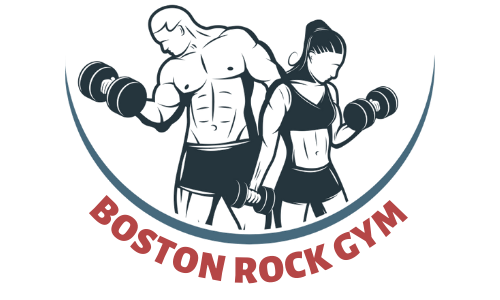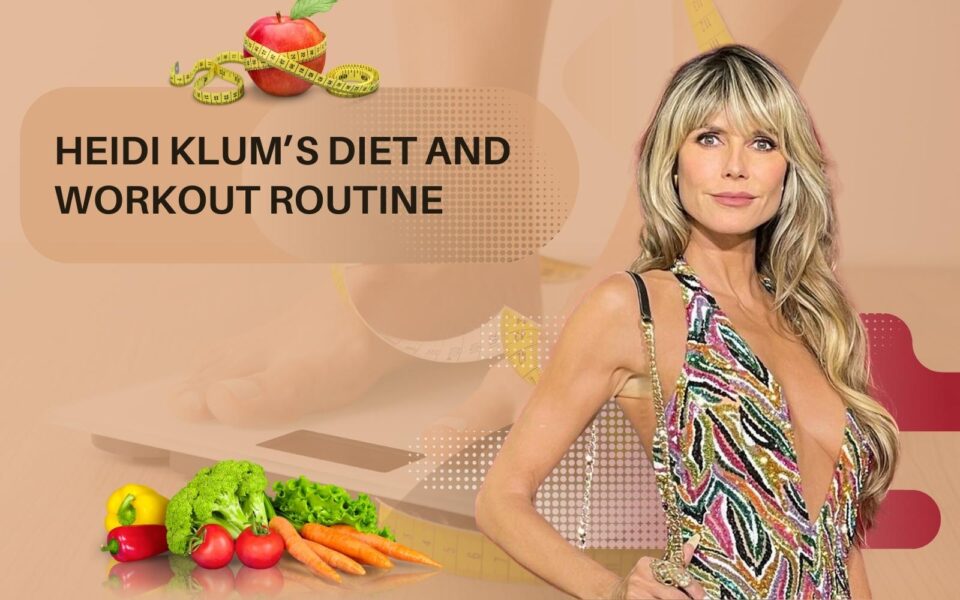The world-famous actress, supermodel, and TV host Heidi Klum is well-known for her extraordinary talents and elegance. She is recognized for her exquisite figure which a lot of young girls and models strive to obtain. If you are one of them, or you’re simply interested in finding out more about Heidi Klum’s diet and workout routine, you’re in the right place!
We’re going to break down both of these and tell you about everything that Heidi eats, as well as what exercises she likes to perform. Let’s not waste any more time and jump right into it!
Contents
Heidi Klum’s Diet Plan
As a fan of a healthy diet, Heidi Klum frequently prepares meals for herself. She wants to limit her intake of sugar and carbohydrates while sticking to healthy foods. Instead, she has lean meats and nutrient-dense fruits and vegetables on her plate. She has maintained a clean diet throughout the years, which has produced wonderful results.
Heidi, a mother of four, claims she prepares a lot of meals at home and steers clear of eating out. She enjoys knowing what she is putting into her meals and body, which helps her maintain a straightforward diet. Heidi has three substantial meals each day.
Every night around 6 p.m., she eats supper with her children and believes that doing so helps her body digest the food and feel happy. You can consult the list below to find out what specific foods Heidi eats for breakfast, lunch, and dinner:
1. Breakfast
Heidi typically opts for a straightforward egg and veggie breakfast. She frequently chooses eggs prepared with cheese and veggies, and she enjoys having fruit and tea with her meals.
A typical meal can consist of two or three scrambled eggs with peppers, spinach, onions, and parsley combined with feta or mozzarella cheese. She finishes up her morning with a cup of tea with milk and a dish of fruit. She also enjoys a nutritious smoothie to start her day. Chia, matcha, or acai berries are combined with protein powder to create Heidi’s favorite smoothie.
2. Lunch
Heidi packs her meals with lean protein, nutritious grains, more veggies, and a small amount of healthy fat (like olive oil). She enjoys cooking various stir-fries and frequently enjoys grilled fish or chicken with a salad. A combination of stir-fried chicken and veggies with basmati rice and a mixed-leaf salad is one of Heidi’s go-to lunchtime meals. She adds flavor and good fat with a 1/2 tablespoon of olive oil.
3. Dinner
The differences between Heidi’s lunches and evenings are minimal. She continues to make sure she consumes enough veggies, lean protein, and healthy fats. She only eats whole grains for supper. However, because she frequently marinates her meat beforehand, her dishes frequently have a rich flavor.
Heidi likes to marinate chicken with lime juice and herbs, for instance. After grilling the chicken, she adds another 1/2 tablespoon of olive oil and serves it with a fresh salad. She occasionally drinks tea without milk with dinner as well.
Heidi Klum’s Workout Routine
Heidi’s physical characteristics emanate beauty by themselves. However, for her, exercise goes beyond simply remaining in excellent form. She considers maintaining the highest level of physical and mental health in her definition of fitness.
Exercise has always played a significant role in Heidi’s daily routine. She has been capable of defying her age in this way. She may be in her late 40s, but she is in better shape than some teenage girls.
To stay so strong and healthy, Heidi Klum integrates a variety of training methods into her workout routine. In the part after this one, let’s learn more about them in depth. Klum worked really hard to maintain her physique toned and slender while modeling for VS. Since Klum disliked three-hour exercises and preferred to enter and exit a gym quickly, her fitness regimens usually consist of the following:
1. Back and Side Lunges
A single-leg bodyweight exercise called a lunge targets your inner thighs as well as your hips, glutes, quadriceps, and hamstrings. You may build strength and endurance in your lower body by performing lunges. They also make a fantastic first move. Lunges may efficiently target your lower body muscles when performed correctly without putting additional stress on your joints. This is how to perform them:
- Put your feet hip-width apart and stand tall. Activate your center
- With your right leg, advance with a strong stride so that your heel touches the ground first
- Begin to move your weight forward
- Your body should be lowered until your right shin and thigh are upright and parallel to the floor
- If mobility permits, keep weight on the right heel and tap the left knee softly on the floor
- To drive back up to starting position, press onto your right heel
- Repeat on the opposite side
2. Plank Variations
Numerous physical advantages come from planking. Any exercise program should include core strengthening exercises. A core that is sturdy and robust feels and looks wonderful. But more significantly, it aids in maintaining the body’s stability, balance, and strength throughout virtually all other activities.
All synchronized and powerful athletic motions are built on core strength. With a strong core, you may attain improved posture and lessen joint tension.
A test of core muscle strength and stability may be constructed using the plank exercise as a foundation. The plank engages a variety of muscles and is more of a strength-building exercise than a cardio workout, but it can still help you burn more calories since it works so many different muscle groups. Here’s how to do a plank:
Your hands should be level on the floor, your elbows should be tucked under your shoulders, and your core should be tight
Slowly pull yourself up while maintaining a straight line from your knees to your head while keeping your forearms and knees on the ground
For as long as you can, maintain the posture. If your core muscles start to tremble, don’t be alarmed. You are training your abs right if you are doing this
3. Leg Lifts
A sequence of exercises known as leg lifts requires you to use your core to elevate your legs. Exercises like leg lifts are highly adaptable. There are several methods to do them, and you may and should modify them according to your level of fitness and your training objectives. Traditional leg lifts and their numerous versions target the core muscles.
While working out and even while you go about your regular activities, a strong core can help you stand more upright and keep your trunk stable. According to studies, if you have lower back discomfort, strengthening your core and doing leg lifts might also be beneficial. This is how you do leg lifts:
- Lay on your back with your legs straight and parallel
- Lift your legs as high as you can while keeping them straight till your butt is off the ground
- Reposition your legs so that they are just above the floor by lowering them slowly. Hold for a while
- Raise your legs once more
- Repeat
4. Arm Rotations
A weightless workout that especially targets your shoulders and upper arms is the arm circle. It is a straightforward workout that includes forming little airborne circles with your hands while stretching your arms out to the sides.
It is frequently used in warm-ups for both weight training and general sports, and it is frequently executed for only as many reps and sets as it takes to feel the burn. It is a great exercise for beginners, to start with. It can be done practically anywhere and needs very little equipment.
Furthermore, it truly warms up your shoulder and elbow joints and gets your arm muscles ready for lifting greater weights. Here are the simple steps to performing arm rotations:
- As you stand up, put your arms at your sides in a straight line. Your arms should be parallel to the ground and perpendicular to your body (at a 90-degree angle)
- Your feet should be shoulder-width apart. This will be where you start
- Using both of your outstretched arms at around shoulder height, slowly begin to form little circles that are approximately a foot in diameter
- As you move through the range of motion with your arms in front, breathe normally
- With your arms extended, continue the circular motion you’ve started for around 10 seconds
Finally, while still performing the entire exercise in the other direction, reverse the movement
Conclusion
Heidi argues that it’s difficult to evaluate one’s own development and that people shouldn’t compare their journeys to those of others. Instead, people should accept their physical characteristics and give results time to occur.
That is why you shouldn’t get frustrated if you don’t see the results right away but rather be patient and believe that you’ll get to the place you want to, in time.



